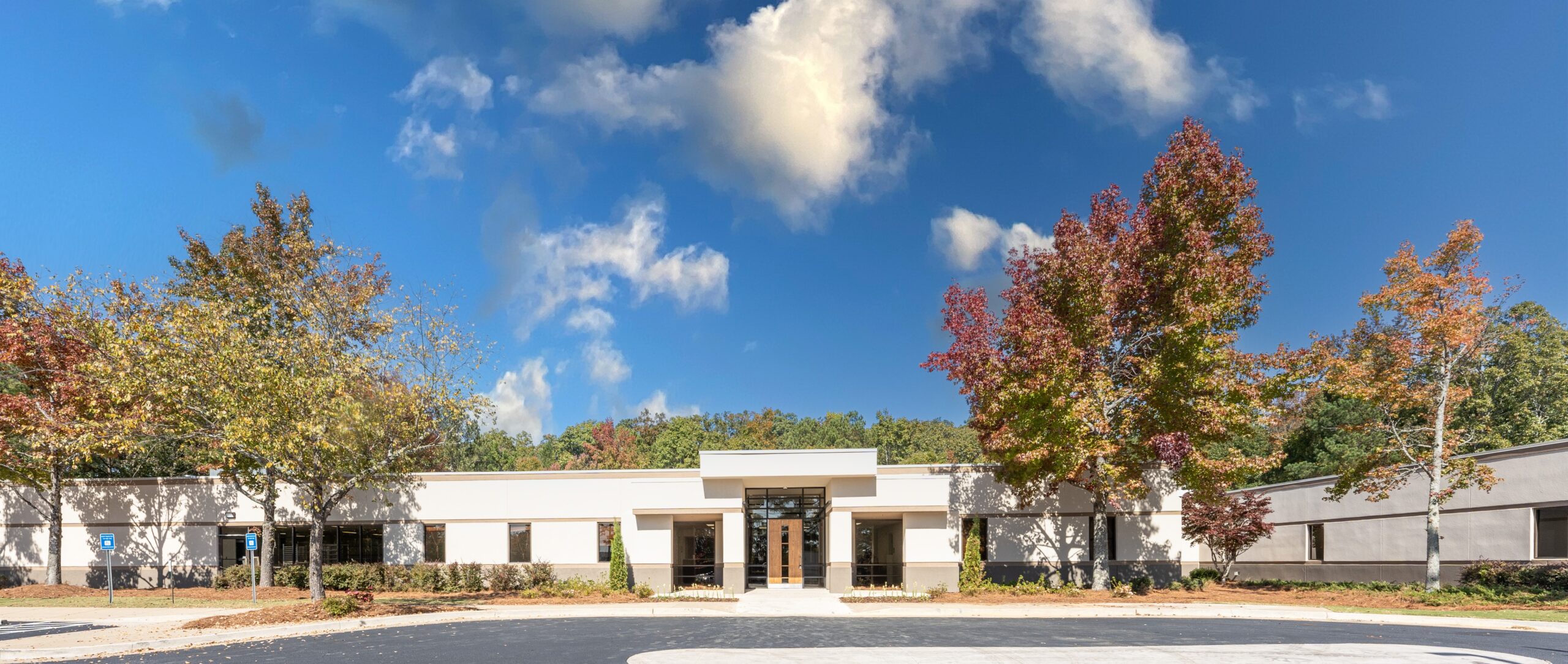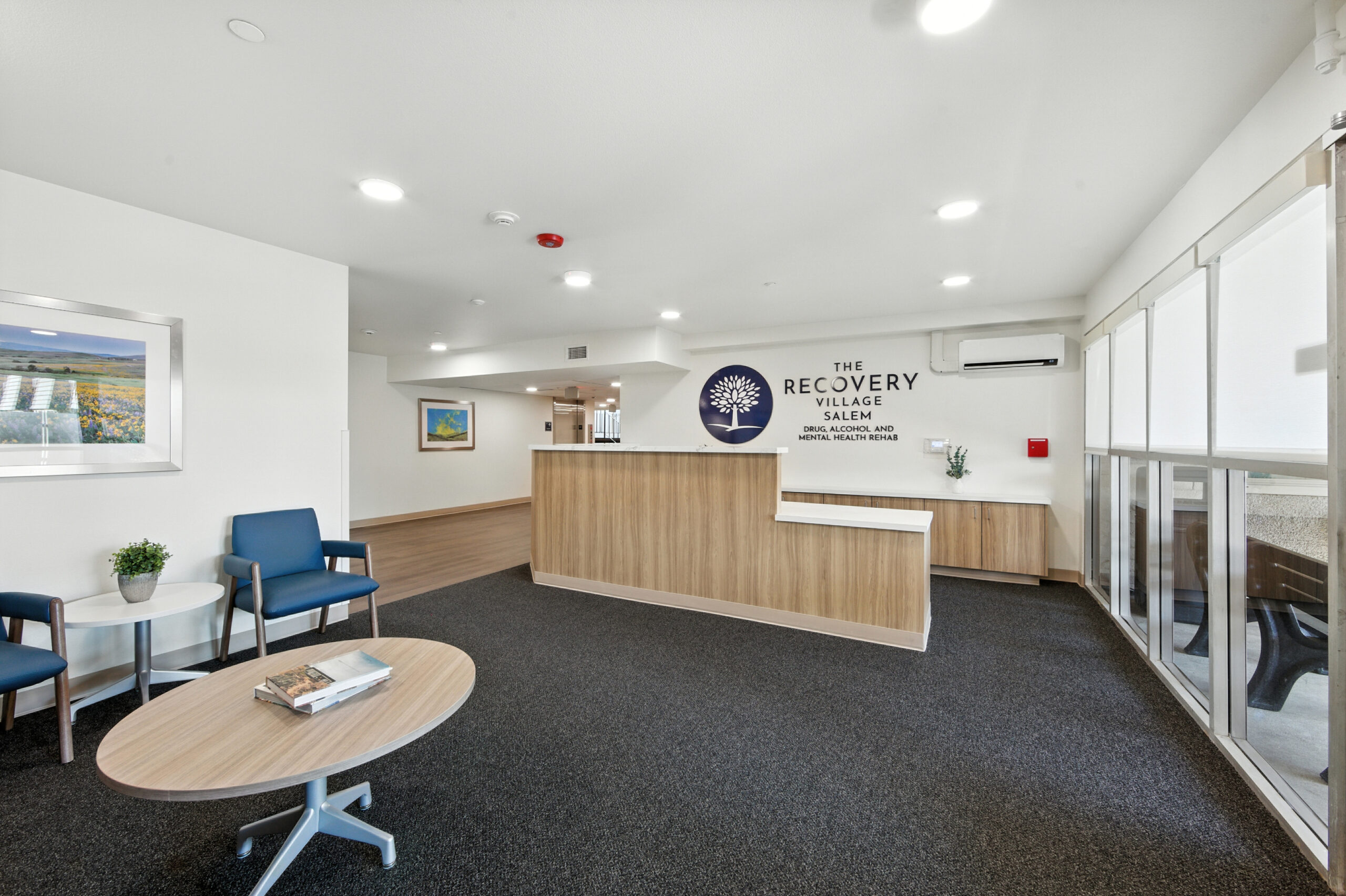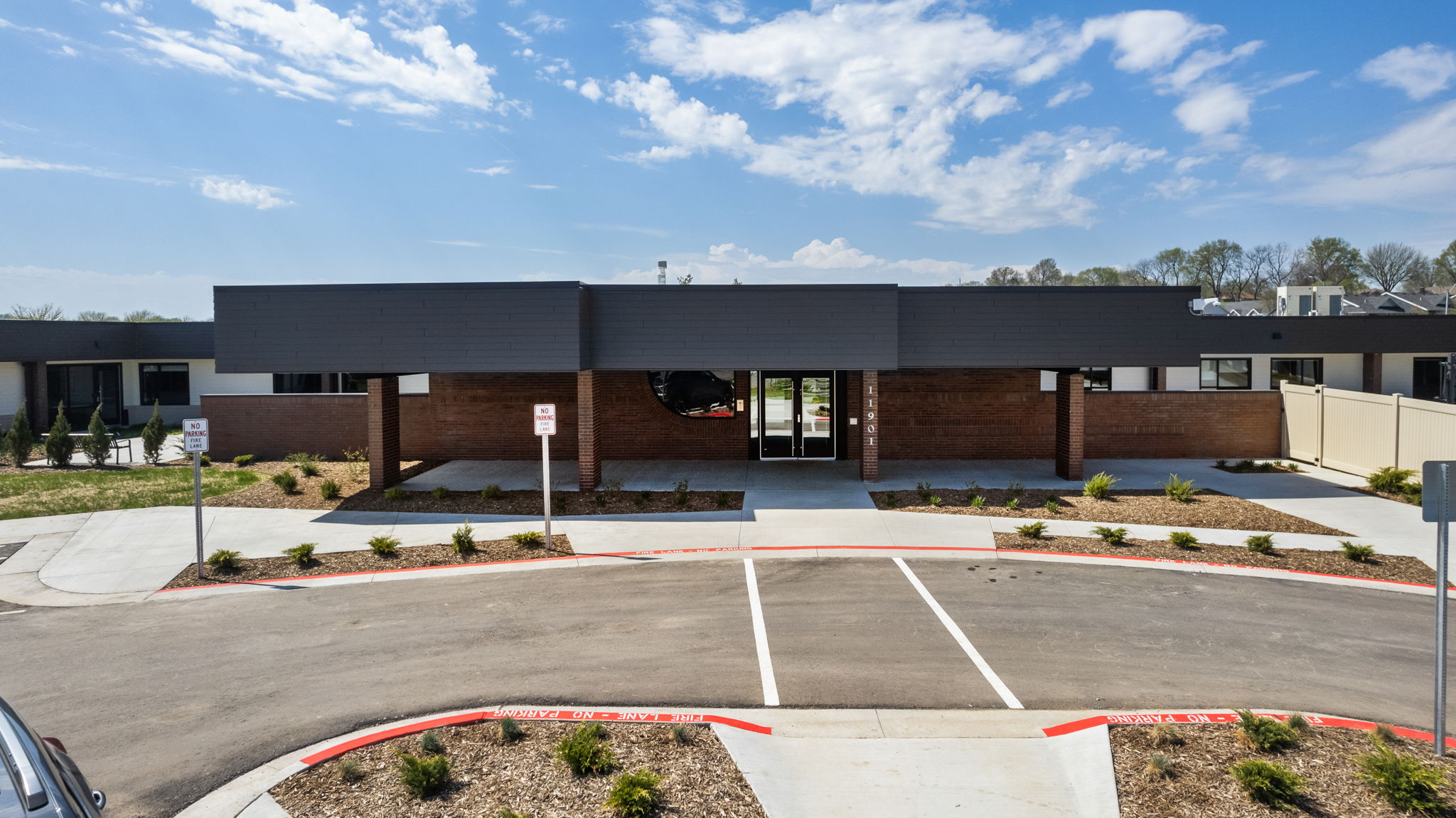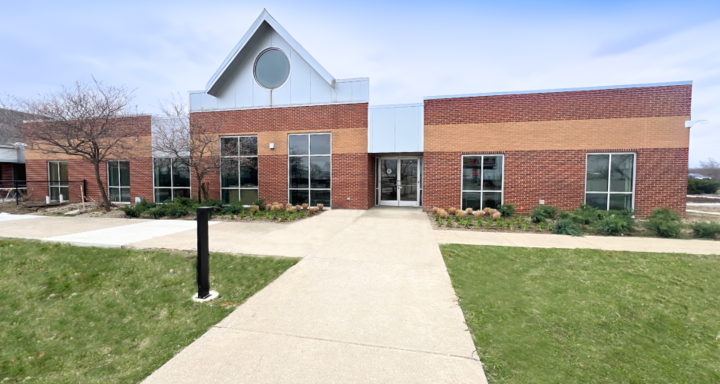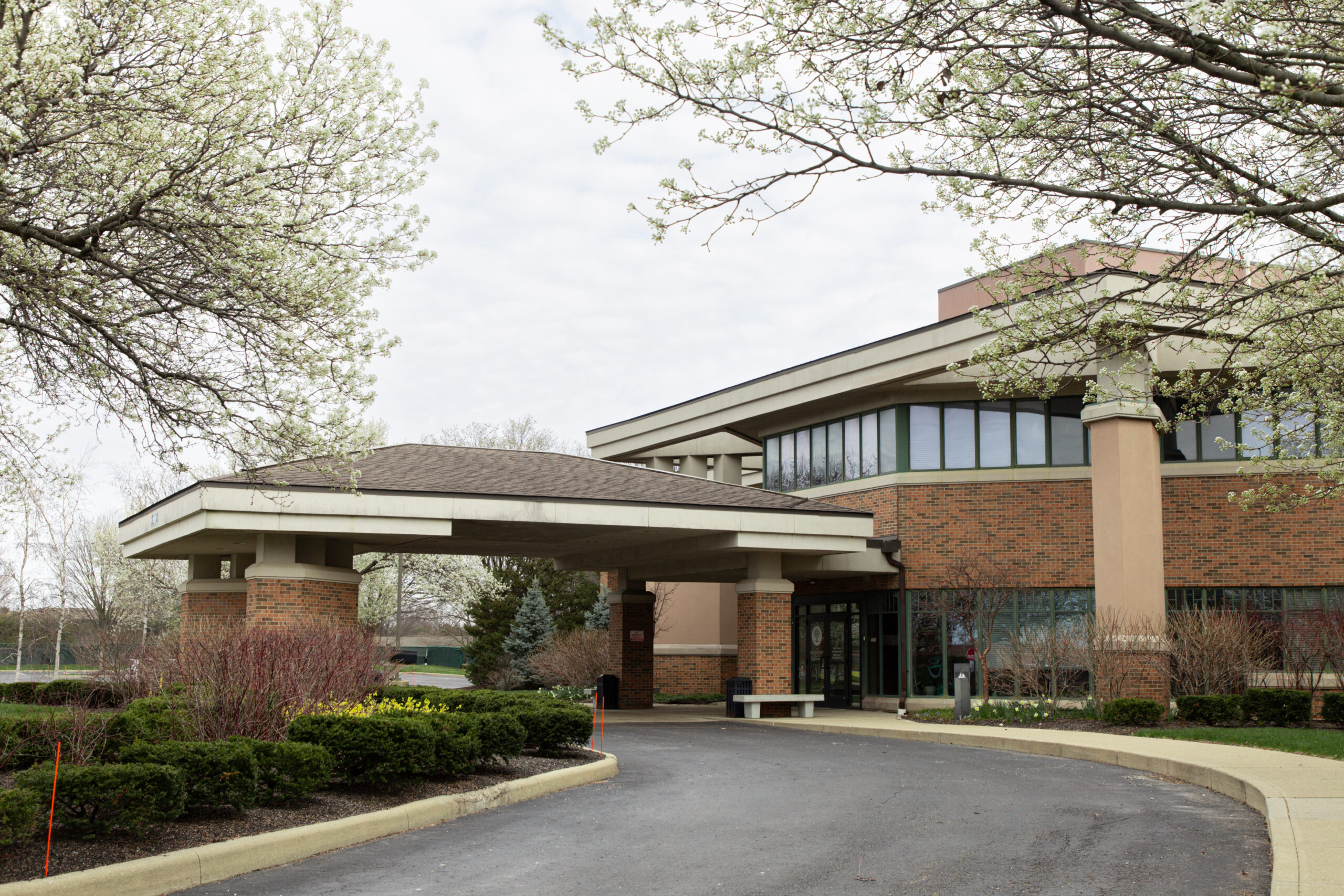It’s unfortunate that drugs become glamorized because they destroy lives and cause death, but what exactly was the heroin chic movement?
Drug use and addiction are severe, pervasive problems around the United States and the world. Unfortunately, while the U.S. is in the midst of an opioid epidemic that’s ravaging lives and killing people from all walks of life, many outlets glamorize drug use. For example, movies and television shows often portray drug use in much less damaging ways than what it really is.
The glamorization of drug use in the fashion world in the 90s had its own name: “heroin chic.” What exactly was the heroin chic movement, and who were the heroin chic models that personified the term?
What Is Heroin Chic?
The term “heroin chic” came to be popular in the mid-1990s in the fashion world. The idea of heroin chic was one that was characterized by certain features in top fashion models, including pale skin, dark undereye circles, and being thin and androgynous.
In the years before the heroin chic movement, models were typically physically healthy and vibrant, such as Cindy Crawford. The mid-90s heroin chic look was meant to be a pushback against the supermodel look of the early 90s.
The heroin chic look was reflective of other things going on culturally in the United States. First, heroin had become purer and it was more commonly used because it was less expensive than it had been in previous years. It was also a different time because heroin no longer was exclusively injected. Instead, it was more commonly snorted, which reduced much of the previous stigma associated with the drug.
Heroin was also becoming seen as an increasingly middle-class drug, whereas in past years it had been more associated with lower class communities. However, it wasn’t just middle-class people who were making heroin use more mainstream — it was also becoming popular among wealthy people.
In the mid-90s, the use of heroin wasn’t just portrayed in fashion. It was also being shown in movies like Pulp Fiction and Trainspotting. The grunge music scene, which was initially a subculture launched in Seattle, also popularized heroin chic. One of the common threads among many grunge musicians was the use of heroin. Some of the musicians that were associated with both grunge and heroin use included Courtney Love and Scott Wieland. While Love and Wieland survived, other musicians like Kurt Cobain of Nirvana weren’t so lucky. It’s believed Cobain was using heroin when he ultimately killed himself with a shot to the head. The concepts driving the grunge scene were about self-loathing and depression, and the idea of heroin use was that it allowed people to withdraw and escape from society.
Heroin Chic Models
The heroin chic trend was embraced by the fashion world as well as in movies and pop culture, but it caused a lot of fear and anxiety for most of mainstream America. One of the most famous heroin chic models was Kate Moss, who became known for her extremely thin and waif-like figure.
Other models known for having the heroin chic look included Jaime King and Jodie Kidd. These models were all incredibly thin, and almost angular, and they tended to have the grunge look that was popular at the time as well.
Calvin Klein campaigns were among the most well-known examples of the heroin chic look being used, and many of the famous heroin chic models posed in these campaigns.
Along with the heroin chic models of the time, there were certain figures that were central to the movement as well. One example was the young fashion photographer Davide Sorrenti. He died at the age of 20, and he was a photographer that was specifically known for capturing models who not just looked heroin chic, but often who were on heroin at the time.
When he died, most would say the idea of heroin chic did as well. After Sorrenti’s death, there was a movement back toward more healthy models such as Gisele Bündchen.
Heroin Chic Look
The heroin chic look was about seeming unhealthy and extreme thinness, to the point that the most popular models of the mid-90s appeared emaciated. It was very much the opposite of the supermodel look of the 80s and early 90s.
If you or a loved one live with addiction or are using drugs recreationally and want to stop, The Recovery Village can help.Reach outto one of our representatives today to learn how you can start on your path to recovery.




